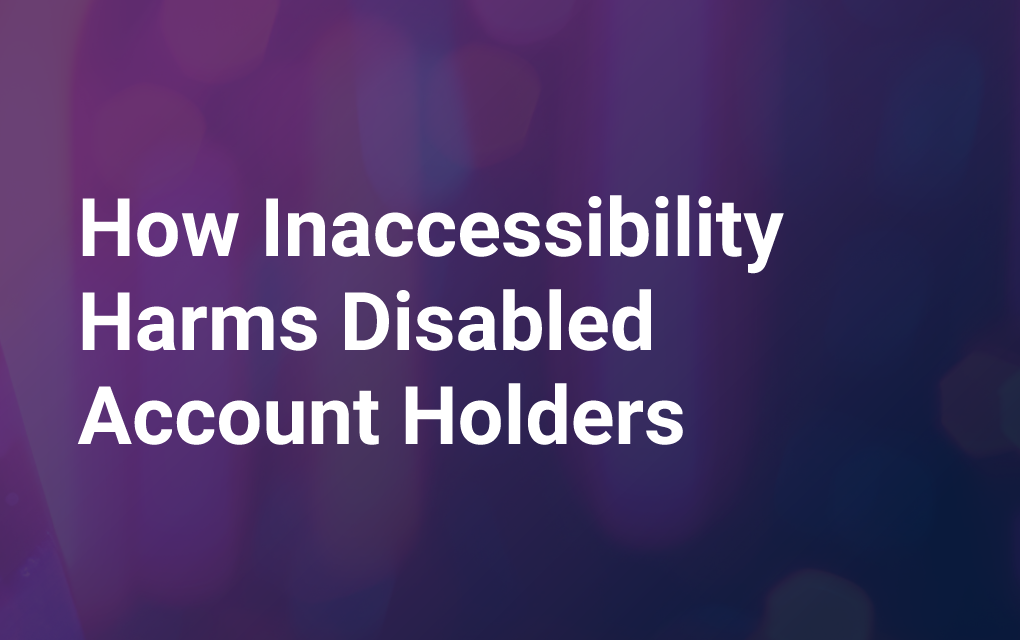AI, ChatGPT and the Demise of the User Experience
In 1966, the typical user experience was pretty unremarkable. To make a phone call, you stood near the phone and fingered a rotary dial. To pay a bill, you wrote a check and licked a stamp. To turn on a light, you flipped a switch. And to watch TV, you pulled one knob to turn the TV on and turned another knob to change the channel.
Then on September 8 of that year, people turned on their TVs, tuned to NBC, and discovered a new show called Star Trek. They were thus introduced to a future when to get anything done, you just told the computer to do it. If you had a question to answer, you just asked, “Computer, how many Klingons does it take to screw in a lightbulb?” (Although it’s doubtful they had lightbulbs on the USS Enterprise. Whatever you needed, no matter where you needed it, all you had to do was literally say the word.
Fast-forward to 2023 and every organization’s goal is to create a compelling user experience. In this sense, the UX race has made competitors of every organization. Google wants to have a better UX than Apple, who wants to have a better UX than Starbucks, who wants to have a better UX than your financial institution. This race is never-ending.
But what do we really mean by an exceptional UX. Today it means having just the right combination of buttons and swipes and functionality to make for a frictionless process to complete some task. And while many organizations have created many exceptional UX’s, consider this: Each UX is unique. And that puts a significant burden on the user. How so?
Each UX may be great, but as a consumer, if you transact digital business with 30 different organizations, you’re forced to juggle 30 different UX’s. That doesn’t sound like much fun, no matter how much thought went into each UX. And it’s a far cry from … well, the USS Enterprise, where when you needed something, all you had to do was ask the computer.
Fortunately, I doubt very seriously that it’s going to take us 200 years to reach – or even surpass – the technology that was available to Captain Kirk and friends. You’ve been able to ask Siri questions and give Siri orders for years. The results may not be optimal, but that’s changing quickly, too, as ChatGPT and related technologies are improved and refined.
You won’t have to wait until 2266 to have your “computer” do all your bidding by simply conversing with it. You probably won’t even have to wait until 2026. And at that point, all these different UX’s will crumble away and you’ll be left with one unified digital life experience (or LX; remember you heard it here first).
Wondering about current use cases and our predictions for the future? Well, just stay tuned.




